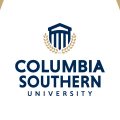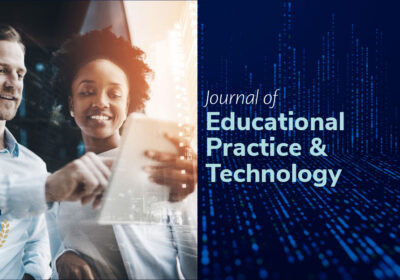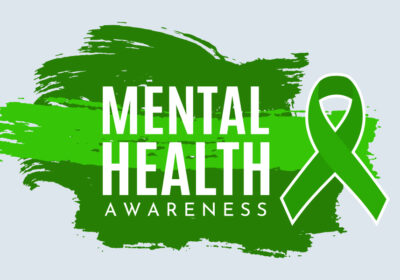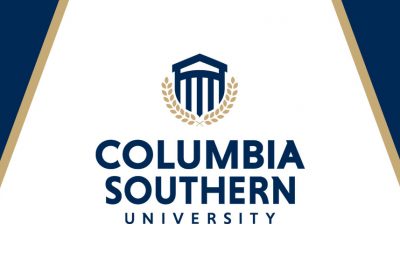As you may be aware, beginning Monday, May 5, 2025, the U.S. Department of Education’s Office of Federal Student Aid (FSA) will resume collections on defaulted federal student loans, including wage garnishment and other involuntary methods of collection. This applies to borrowers with loans in default and is part of a larger effort to return the student loan system to repayment. Columbia Southern University wishes to inform you of the resources available to you should you be impacted by this repayment. Please note that if your student loan payments are up to date, have already been paid in full or discharged, this information is not applicable to you.
What to Expect
The Department of Education will engage in a comprehensive communication campaign to ensure that borrowers understand how to resume/make payments and how to get out of default. These messages will include instructions on how to:
– Make monthly payments
– Enroll in an income-driven repayment plan
– Begin loan rehabilitation to get out of default
– Contact Default Resolution Group
Available Resources and Support
The Department will also allow agencies to start collecting loans that are under the Federal Family Education Loan Program. For borrowers who are not in default but are struggling to repay their loans or are unsure about repayment options, there are tools and support to help. These include:
– A new Loan Simulator to help you find the best repayment plan
– Aidan, a virtual assistant to answer your questions
– Extended customer service hours by loan servicers
– A simplified process to enroll in an Income-Driven Repayment (IDR) plan – with no need to recertify income each year
Frequently Asked Questions
How do I check if my student loan is in default?
The first step is to log in to StudentAid.gov to check your student loan status under your account dashboard. This is the official site for all federal student aid information and services.
What does student loan default mean?
A federal student loan will go into default upon failure to pay a loan according to the terms agreed in the promissory note. Default results in non-payment after 270 days. Note the Office of Federal Student Aid (FSA) has not collected on defaulted loans since March 2020. However, the U.S. Department of Education (DOE) announced FSA will resume collections of its defaulted federal student loan portfolio on Monday, May 5, 2025.
What is student loan wage garnishment?
Wage garnishment is defined as seizing up to 15% of a borrower’s disposable income for those with loans in default status. The garnishment continues until the debt is paid. At the time when this was written (April 25, 2025), FSA will begin wage garnishments sometime in the summer of 2025 for those who have not acted or started repayment. It’s critical to address your default loan status as soon as possible by logging in to StudentAid.gov.
How do I get my student loan out of default?
If you’ve discovered that your student loan is in default, you have two main options to get your loan status in good standing:
– Loan Rehabilitation: Make nine on-time payments in a 10-month period to restore future financial aid eligibility. Wage garnishments stop after your fifth payment, and collections costs may be waived.
– Loan Consolidation: A Direct Consolidation Loan allows you to combine one or more federal student loans into a new single loan. This allows you to have a single monthly payment, and you may have access to additional income-driven repayment plan options with a lower monthly payment. To get started, go to the Default Resolution Group.
What is the income-driven repayment plan and how does it work?
If your loan is not in default, yet you are struggling to make payments, the Income-Driven Repayment Plan (IDR) provides several repayment plan options that could suit your needs. Your monthly student loan payment is based on your income and family size. Note the application process is open; however, currently applications are on hold for processing due to loan servicers updating their systems in accordance with the court’s actions. This process could take a few months to resume.
What is student loan forgiveness?
Student loan forgiveness created by the DOE is currently paused. This includes the Saving on a Valuable Education Plan (SAVE) formerly known as Revised Pay as You Earn (REPAYE), Pay as You Earn (PAYE), and Income-Contingent Repayment (ICR) plans. DOE can and will still process loan forgiveness for the Income-Based Repayment (IBR) Plan, which was separately enacted by Congress. Payments on PAYE, SAVE, and ICR are counted toward IBR Plan forgiveness if the borrower enrolls in IBR. To learn more about the pause and other pertinent information regarding student loan forgiveness, visit IDR Plan Court Actions: Impact on Borrowers | Federal Student Aid.
How do I compare repayments plans?
One option to compare repayment plans is by using the Loan Simulator. This tool allows you to estimate your monthly payments on different plans and compare them side by side.
For more information, visit the resources available at StudentAid.gov. If you still have questions, please email FinancialAid@ColumbiaSouthern.edu.
Disclaimer: This information was created April 25, 2025, and may be subject to change. For the most recent information and resources regarding federal student loans and repayment, Columbia Southern University recommends visiting the StudentAid.gov website.
Disclaimer: These testimonials may not reflect the experience of all CSU students.
Multiple factors, including prior experience, geography, and degree field, affect career outcomes.
CSU does not guarantee a job, promotion, salary increase, eligibility for a position, or other career growth.










